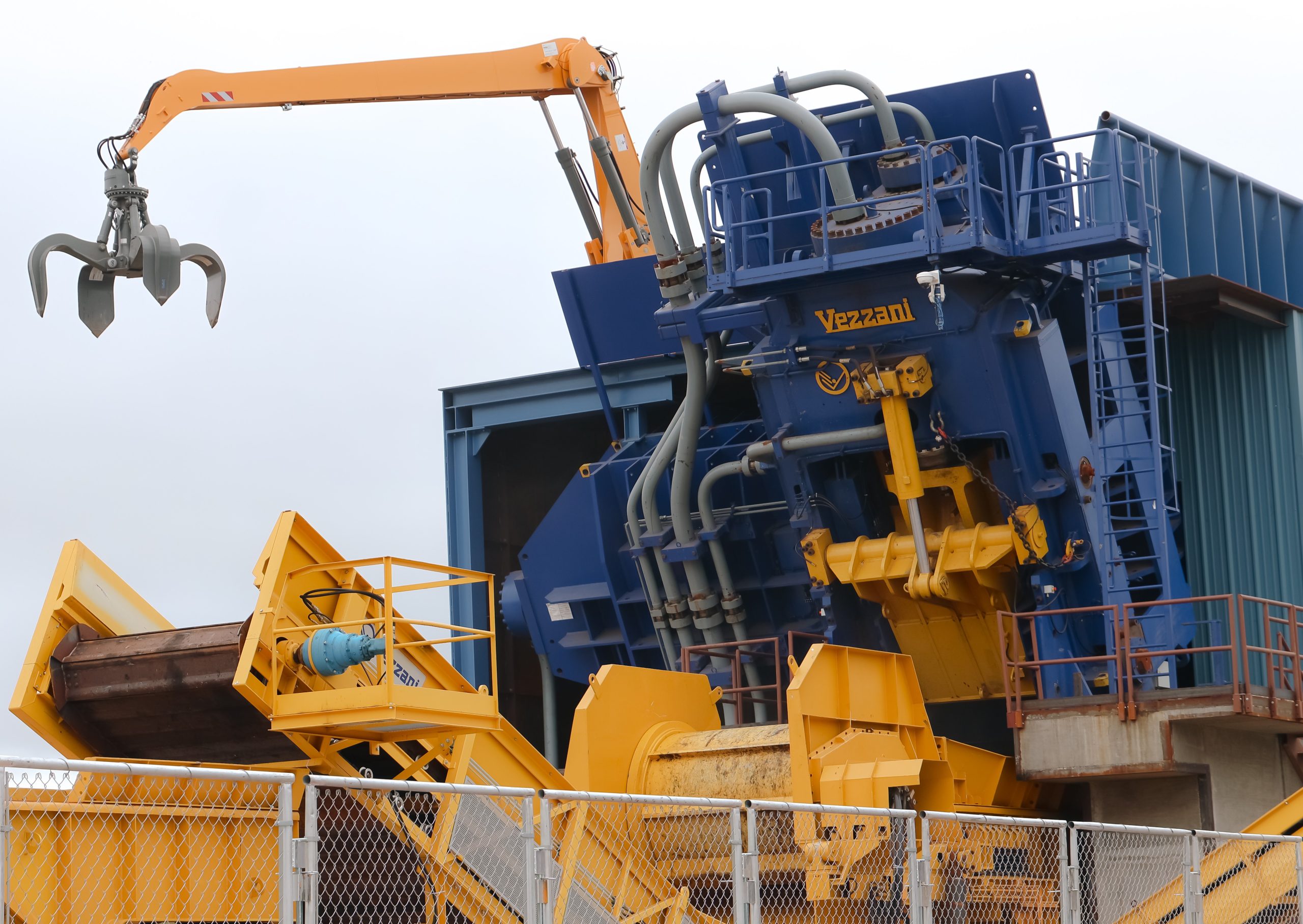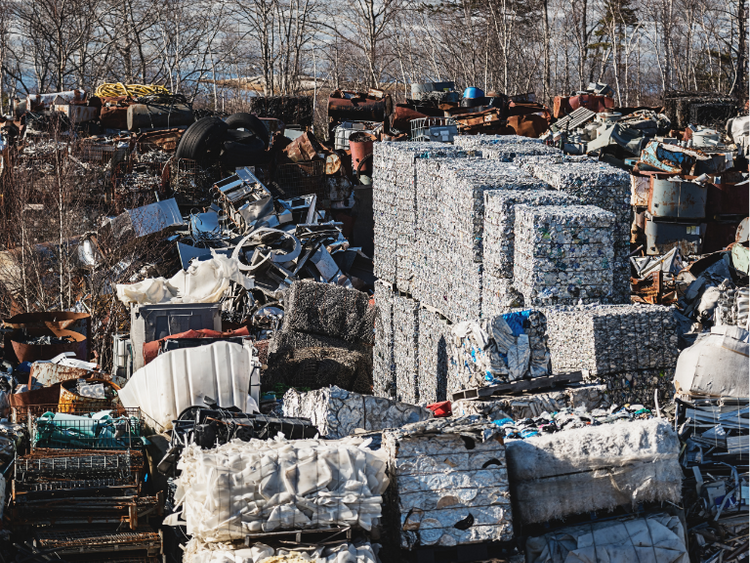Market

October 22, 2024
The upcoming election and how it affects recycled metals
Written by Gabriella Vagnini
Here’s a recap of how the U.S. recycled metals market behaved following the last two presidential elections, 2016 (Trump) and 2020 (Biden), and the actual conditions surrounding prices, supply, and demand. We also take a look at what the 2024 elections may have in store for the scrap industry based on who wins.
2016 Election (Trump)
Scrap prices after 2016
- The scrap market saw a price surge in 2017 following the election of Trump to office. Shifting prices in domestic steel mills also led to higher scrap prices in response to increased demand and expectations of new spending on infrastructure from the government. Prices of ferrous scrap were averaging around $300/gt in early 2017, a dramatic change from the lower prices of 2015-2016.
Section 232 tariffs (2018)
- In 2018, the Trump administration imposed 25% tariffs on imported steel and 10% on imported aluminum under Section 232. This move led to a boom in domestic scrap demand, as U.S. mills reduced reliance on imported metals and sought out domestic scrap sources instead. However, these tariffs also led to retaliatory measures from other countries, which drastically reduced scrap metal exports from the U.S. into these markets, notably China. U.S. scrap exports to China plummeted by more than 90% from 2017 to 2018.
Volatility in 2018-2019
- While scrap prices initially benefited from tariffs and domestic demand surged, the global trade war with China and other factors caused scrap prices to fluctuate heavily.
- By 2019, prices for ferrous scrap began to decline due to oversupply in the U.S. market and decreasing export demand. Prices dropped to around $200-220 per ton in some regions by late 2019, compared to the peaks of 2018.
2020 Election (Biden)
Post-election scrap prices
- After Biden’s election, scrap prices saw a strong recovery in late 2020 and into 2021. This was mostly due to a pandemic-driven supply chain disruption that limited scrap availability, along with high demand from steel mills looking to ramp up production. Ferrous scrap prices rose significantly, reaching $400 per ton for some grades by early 2021, nearly doubling from pre-election levels. Non-ferrous scrap, particularly aluminum, also surged due to increased demand in sectors like automotive and packaging.
Pandemic impact and supply constraints
- The COVID-19 pandemic disrupted scrap collection in 2020, reducing the supply of available scrap. This lack of supply, coupled with recovering demand from mills, pushed prices higher in late 2020. In 2021, supply chains were still recovering, leading to a tight scrap market and further price increases. Many scrap processors struggled to meet demand, leading to higher competition for material.
Biden’s infrastructure bill (2021)
- Expectations around Biden’s infrastructure agenda, including the $1 trillion infrastructure package passed in late 2021, also helped support scrap demand. The need for metals like steel and aluminum in new infrastructure projects further pushed mills to seek out scrap. Scrap prices remained elevated well into 2021 and 2022, with ferrous scrap prices hovering between $450-500 per ton for many months, driven by infrastructure spending and the broader economic recovery.
Market supply and demand conditions
2016-2021
- 2016-2020: Following Trump’s election and tariff implementation, domestic scrap demand surged, but supply and demand dynamics were highly volatile due to the global trade war. While mills increased domestic scrap usage, export markets like China dried up, leading to a flood of supply in the U.S. and periods of price volatility.
- 2020-2021: The scrap market post-Biden’s election saw high demand but severe supply shortages due to the pandemic. This tight supply and strong demand from U.S. mills kept prices elevated. Additionally, the global economic recovery and infrastructure spending plans sustained high prices throughout 2021, despite some supply chain challenges.
The market after both elections saw high prices driven by domestic demand (tariffs and infrastructure projects) but also faced volatile supply conditions, especially with exports declining post-2016 and supply chain disruptions post-2020.
After the 2024 elections- What is in store for metals
Seeing as the 2024 presidential elections are less than a month away, let’s take a look at the current candidates running and see how each may affect the metals industry.
Should Kamala (Democrat) become the next president it’s likely we would see a bigger push for green energy and other sustainability drives. There most likely would be more recycling mandates and more recycling options for secondary aluminum, as they continue to push for stricter environmental regulations and higher recycling mandates. They’ll likely double down on pushes like the Inflation Reduction Act (IRA) involving the use of recycled materials, as well as an increased focus on recycling and energy efficiency, energy economics and increasingly greener manufacturing processes. For primary aluminum producers, this could mean more pressure to adopt greener practices, which might increase production costs but could also open up new markets if demand for low carbon aluminum grows.
Should Trump (Republican) become president again, we can most likely expect him to pick up where he left off in terms of policies affecting the metals industry. During his first term, Trump’s big focus was on trade and protecting U.S. industries, and that meant tariffs, as we just laid out. If he wins again, it’s likely he’ll stick with that kind of strategy, keeping, or even increasing, tariffs to give American aluminum producers an edge over cheaper foreign imports.
For recycled metals, it could be a mixed bag. On one hand, tariffs on primary aluminum imports could help the U.S. recycled metals industry because manufacturers might lean more on domestic recycled metals instead of paying more for imported primary aluminum. But at the same time, Trump wasn’t really big on pushing green initiatives or environmental regulations, so there might not be the same government driven incentives to boost the recycling industry as we’ve seen under Biden. He’s more likely to focus on deregulation, which could make it easier for businesses to operate without the extra costs that come with strict environmental standards.
The bottom line is, if Trump wins, we’ll probably see a continued emphasis on protecting U.S. aluminum producers through tariffs and less focus on green policies that promote recycling. It could be good for domestic production, but the push for sustainability and greener metals industry would likely take a back seat.





